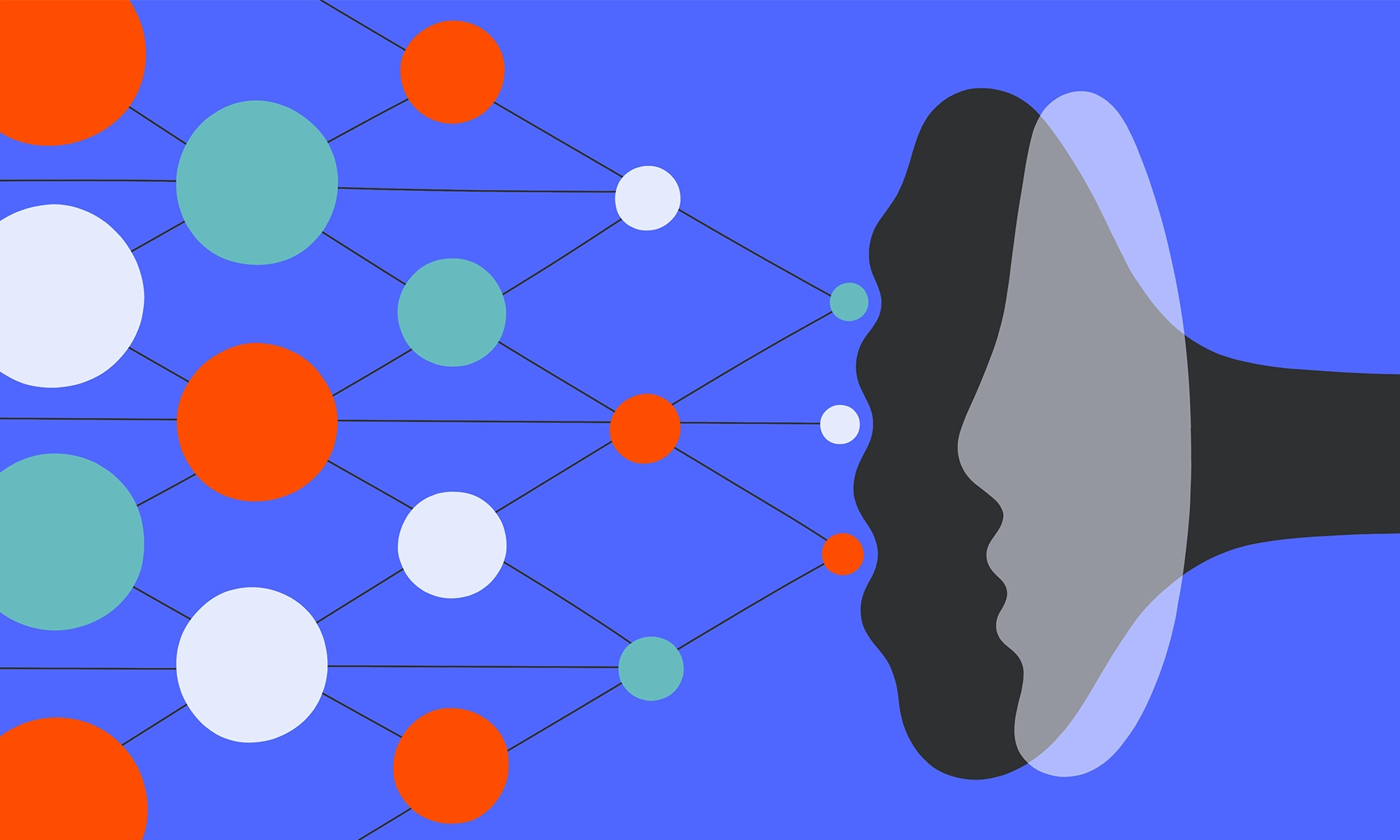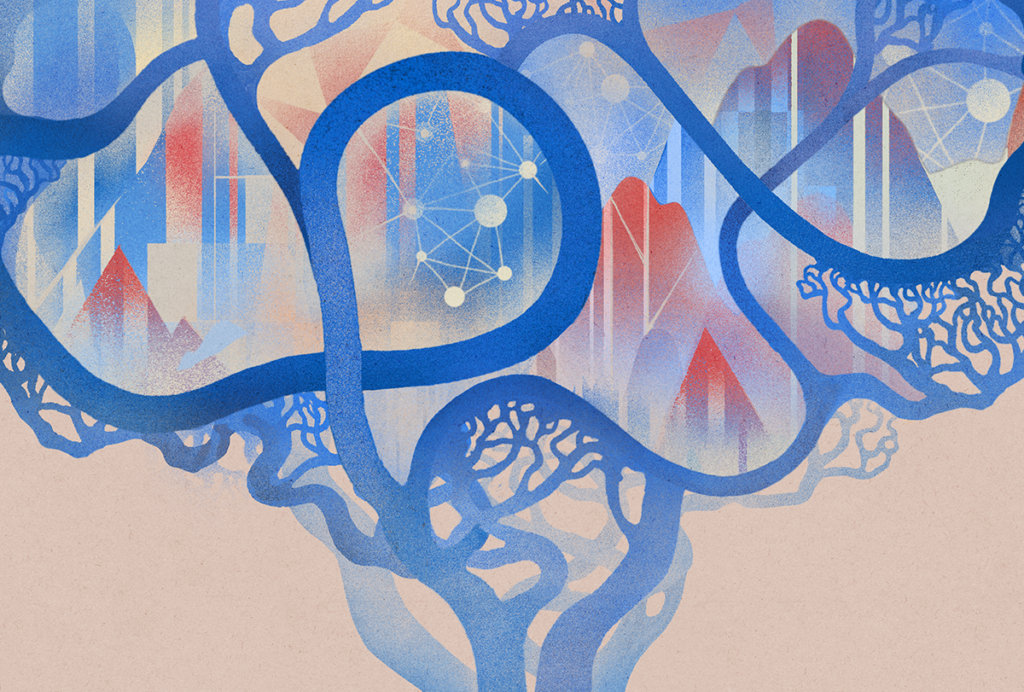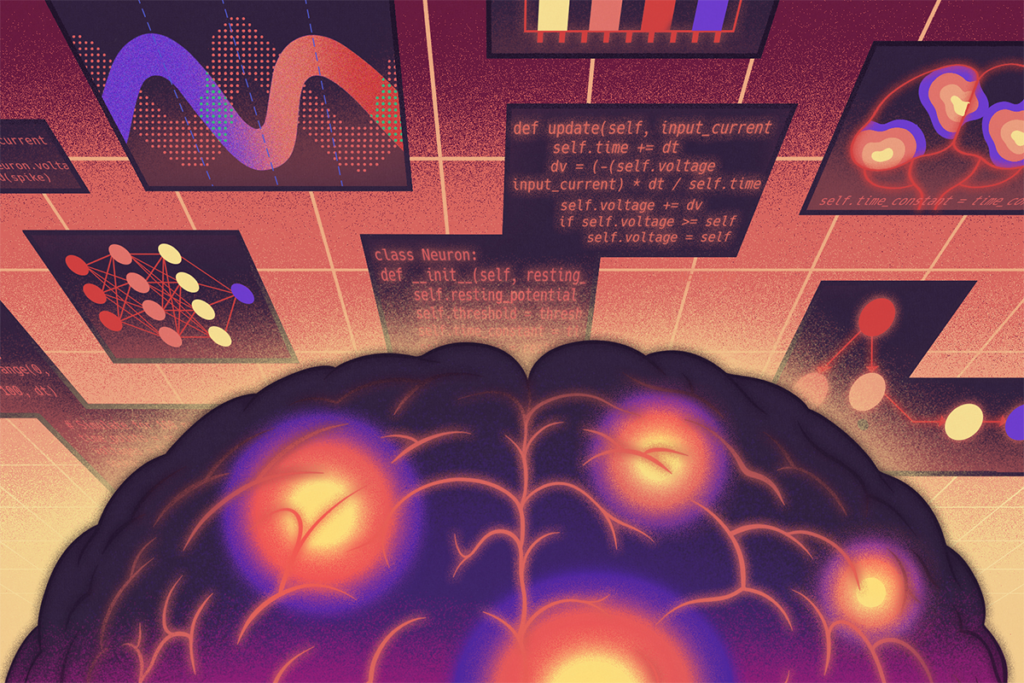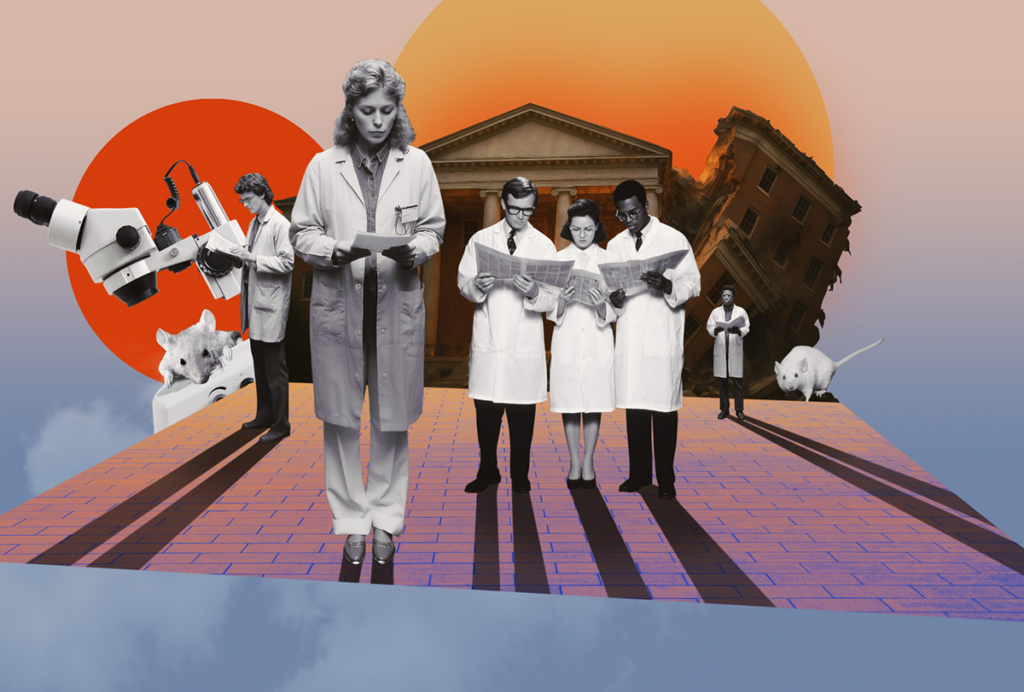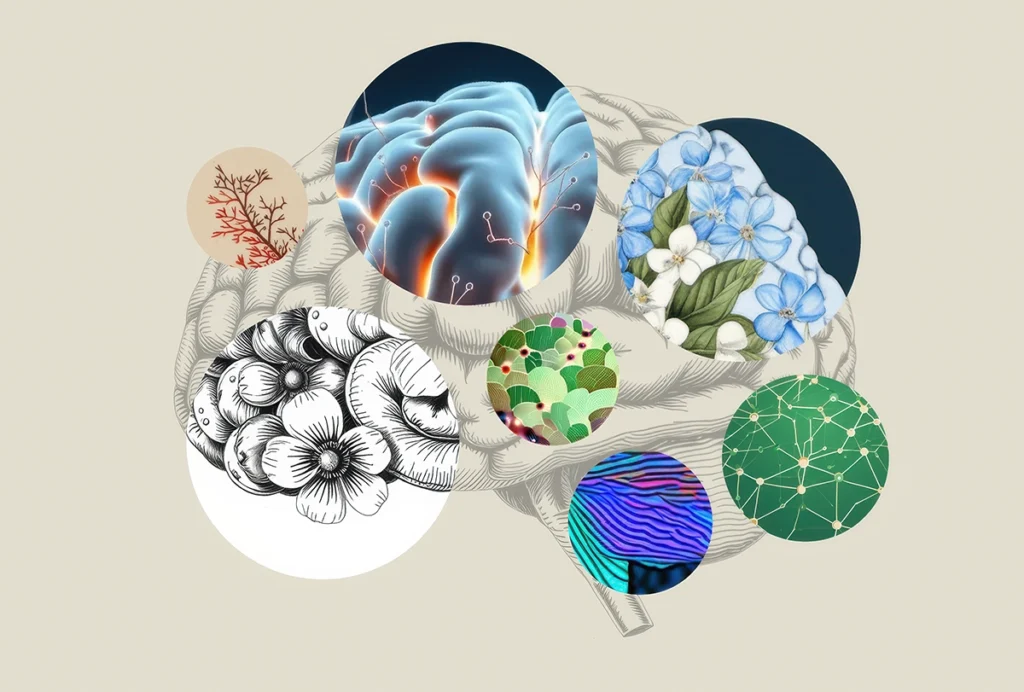Modern neuroscience is an intensely multidisciplinary scientific endeavor, but its many subfields often remain somewhat insular. Cellular neuroscience, for example, zooms in on the molecular mechanisms of individual neurons, whereas systems neuroscience takes a much broader view, focusing on neuronal circuits. Both seek to answer key questions that are essential for our understanding of the brain, but they approach these questions in different ways.
The lack of interaction among neuroscience disciplines is evident in lecture themes, seminar talks, and specialized meetings and conferences, which tend to satisfy the needs of only one field rather than bridge the gap between them. We are trained in our neuroscience subcultures, and then we have a hard time breaking out of them.
Investigators need to establish a niche in their respective fields, but exploring other areas of neuroscience during training can make for more versatile scientists. A multidisciplinary approach can help improve crosstalk between subfields and develop future neuroscientists who tackle research questions from multiple angles. But to do so, we need buy-in at all levels of training.
I know firsthand how scary transitioning into a new field of neuroscience can be.
During my Ph.D., I took the molecular and cell approach and used techniques such as co-immunoprecipitation, Western blot assays and whole-cell patch-clamp electrophysiology to study the developmental regulation of synaptic proteins within cortical neurons. As a postdoctoral researcher, however, I wanted to investigate neural populations and how synaptic inputs influence the dynamics and activity of networks over time. I took a huge leap and switched to systems and behavioral neuroscience, where I studied neural circuits involved in stress-induced depression. Combining the cellular and systems approach during training gave me a broader scientific perspective and helped me identify research gaps I might have otherwise missed. It also made my grant proposals more competitive and novel.
But how does one actually make that leap? Here I share some tips for trainees, principal investigators (PIs) and departments to help foster an environment in which multidisciplinary neuroscience training thrives.
T
rainees first need to break out of their comfort zone. They should initiate conversations with PIs about why exploring new techniques and concepts from outside the lab’s area of neuroscience would be beneficial to a project. A PI in a molecular neuroscience lab might not know how to conduct a particular behavioral assay or develop a computational algorithm, but they can direct a trainee toward collaborators who can help. If a trainee’s experimental results are pointing their project toward an area of neuroscience that is outside of the lab’s expertise, they should not be afraid to follow that thread.PIs should be receptive to trainees who are interested in a new subfield and encourage them to attend diverse departmental talks and seminars outside their area of expertise. A computational neuroscience talk might introduce a concept that could inspire a molecular neuroscientist to think about a particular research question in a way they hadn’t before. PIs can also help trainees set up conversations with researchers from different neuroscience subfields so they can ask questions and learn in a relaxed environment.
In addition, PIs should challenge trainees to pick up new techniques outside of their area of expertise. One of the first things my adviser asked me to do during my postdoc was learn how to do in-vivo two-photon calcium imaging, a technique I had no experience in and one our lab did not focus on. We knew it was going to be difficult and would take time, but it ended up being beneficial for my development as a neuroscientist and for our lab.
Finally, neuroscience departments have a responsibility to develop a multidisciplinary culture. A good and healthy department makes sure it has a variety of research disciplines and does not just focus on one or two areas within neuroscience. This was the primary reason I joined the University of California, Los Angeles as a faculty member. The best departments are the ones with scientific diversity, where researchers from different disciplines are consistently interacting and engaging with one another’s science. Departments that specialize too much run the risk of becoming a club that values only a certain type of research. Institutions and department leaders need to develop deliberate hiring practices that are focused on filling scientific gaps in their research faculty.
Jumping into a new area of neuroscience is hard. It takes time, effort and a supportive scientific environment. But by embracing a multidisciplinary approach during training, we can develop well-rounded trainees who have the expertise to answer critical neuroscience questions across specialties. A new generation of multidisciplinary neuroscientists will help subfields stop talking past one another and start having better scientific conversations.
